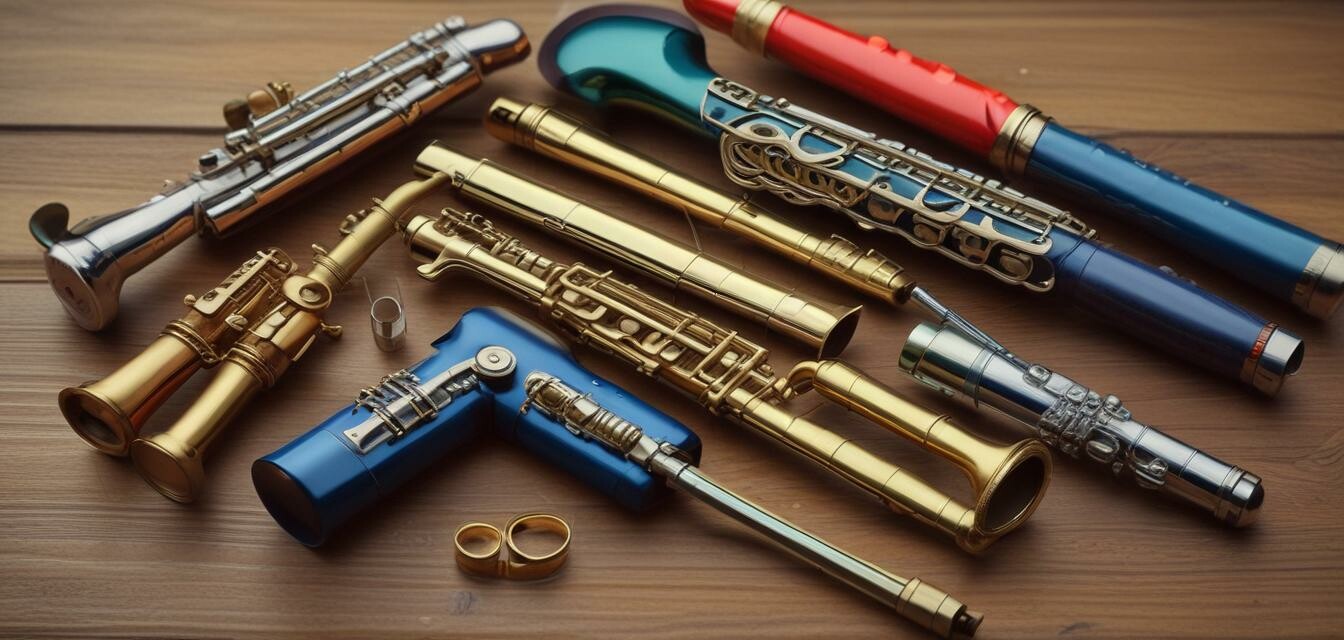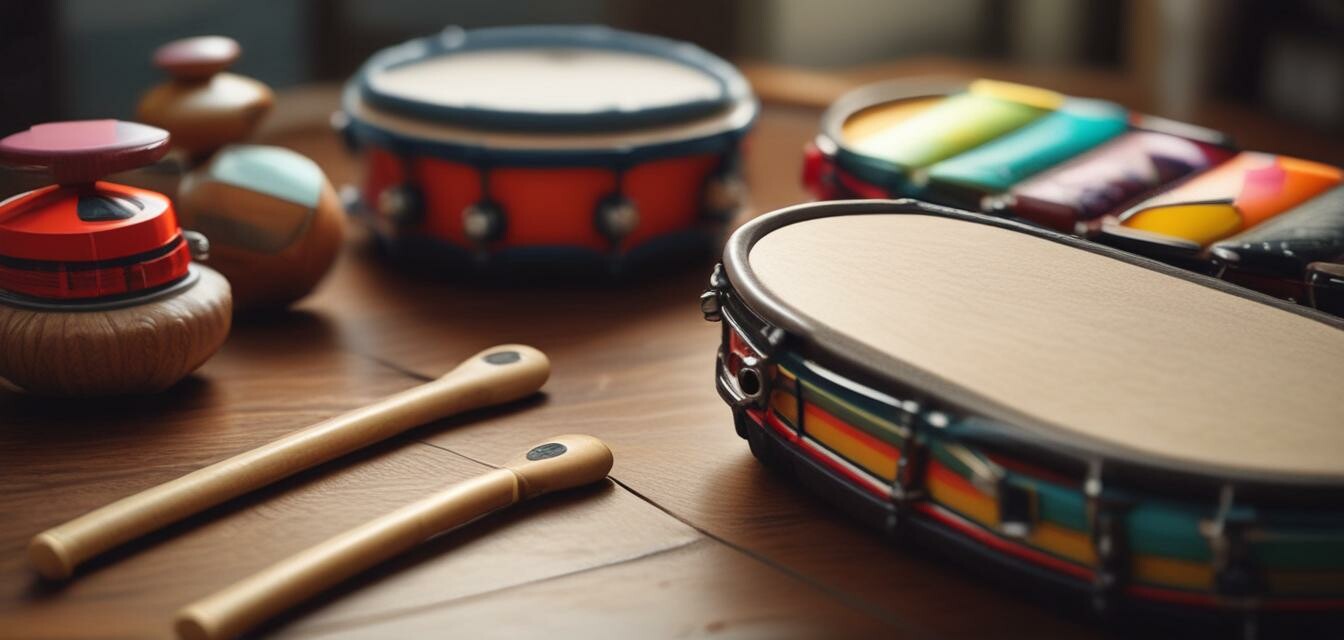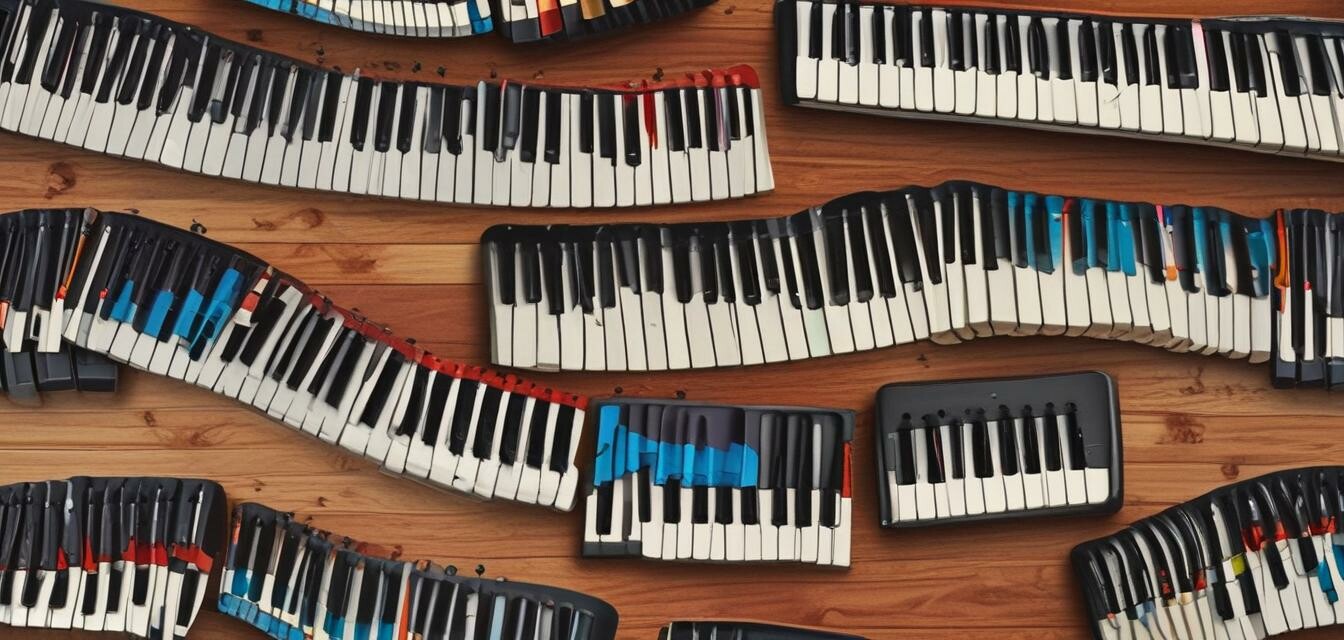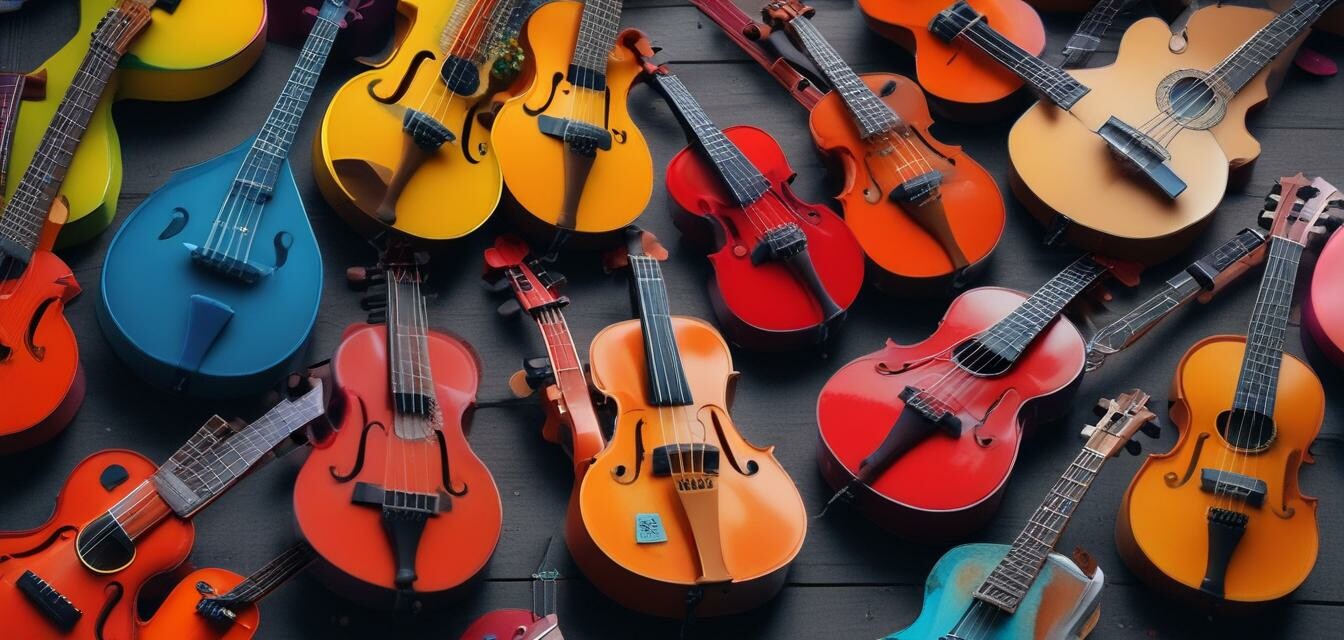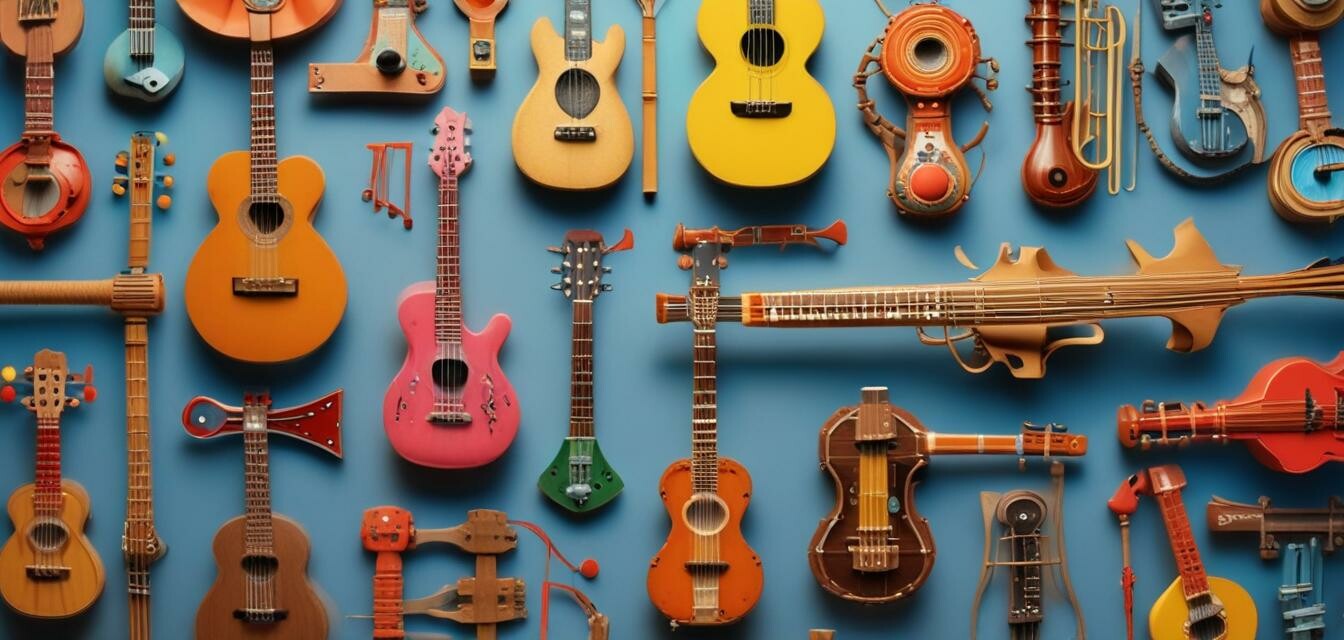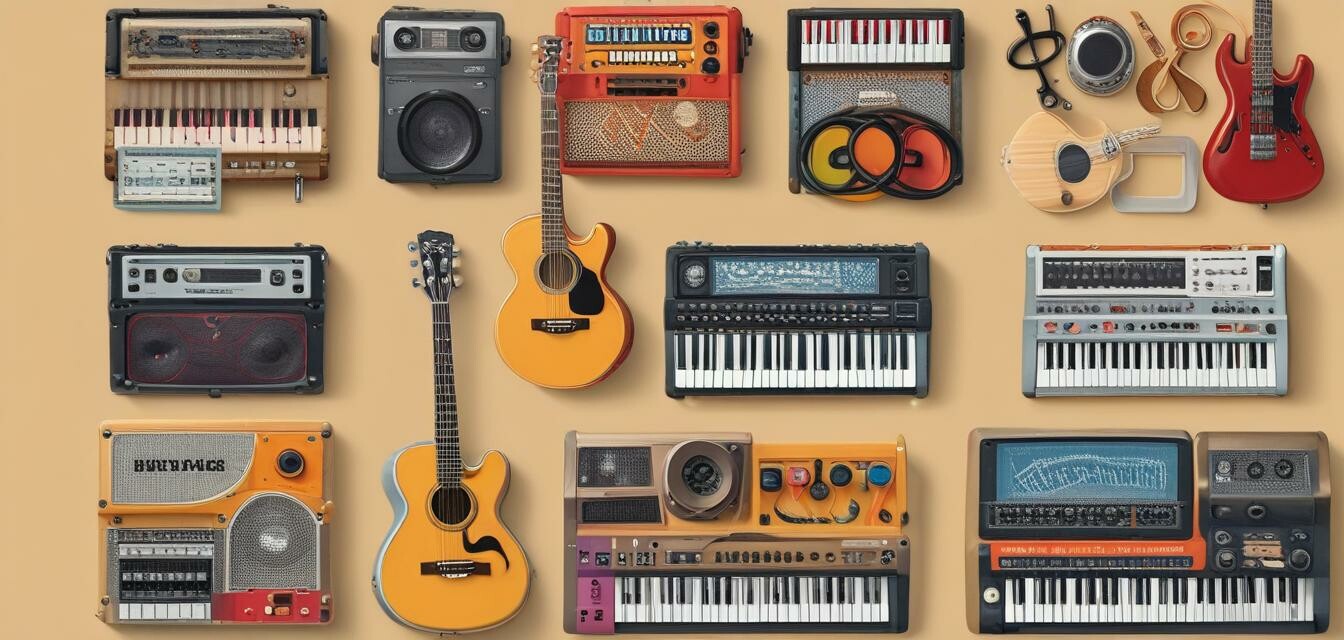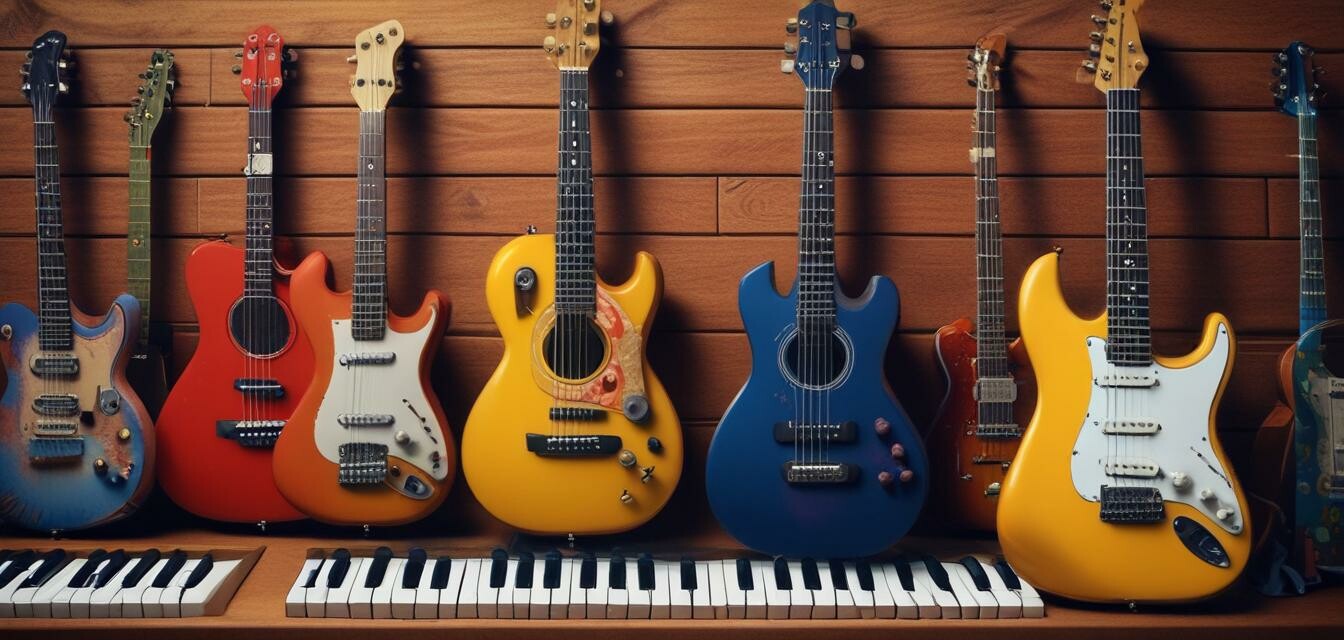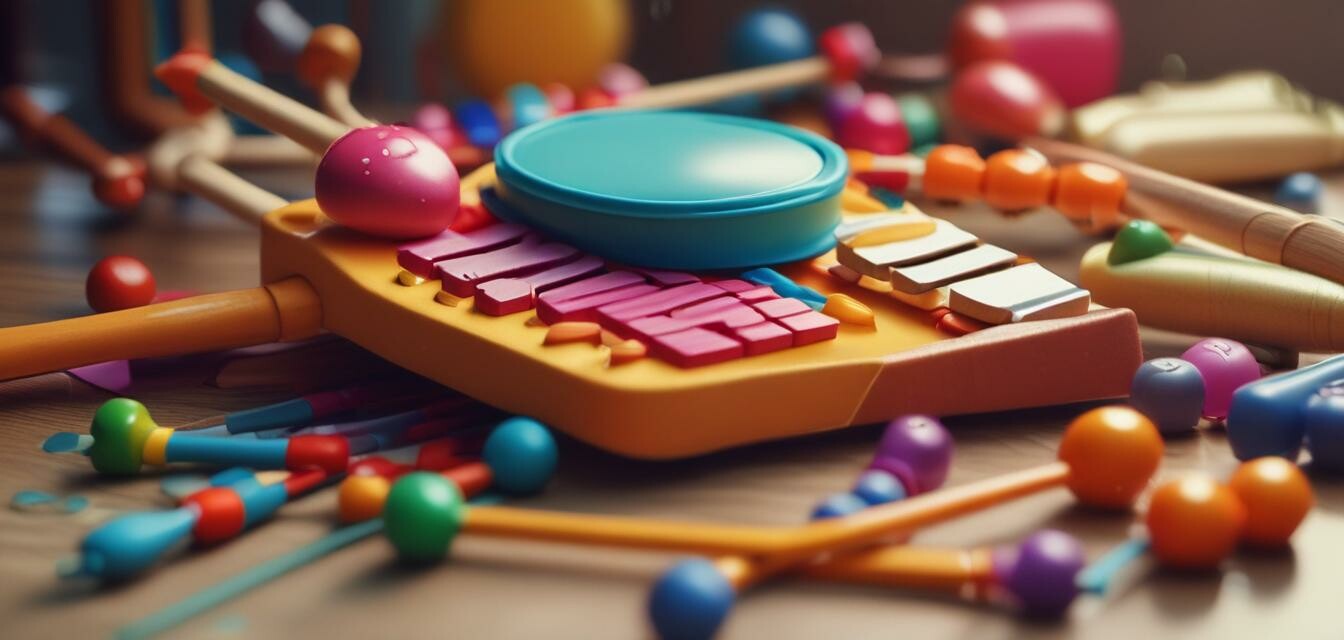
Musical Instrument Toys
Key Takeaways
- Musical instrument toys enhance a child's creativity and fine motor skills.
- These toys come in various categories including electronic, percussion, and string instruments.
- Choosing age-appropriate toys can significantly impact a child's learning and enjoyment.
- Musical toys promote social interaction and group play among children.
- Quality construction ensures these toys are safe and durable for young users.
Welcome to Little Musicians Corner, where we explore the wonderful world of musical instrument toys designed specifically for children. These toys not only spark creativity but also foster a love for music from an early age. In this guide, we will delve into the different types of musical instrument toys available, their benefits, and tips for selecting the best options for your little ones.
Types of Musical Instrument Toys
| Type of Instrument | Description | Recommended Age |
|---|---|---|
| Electronic Instruments | Interactive instruments that often include lights and sounds. | 2 years and up |
| Keyboards & Pianos | Miniature keyboards that allow children to experiment with melodies. | 3 years and up |
| Musical Toys | Simple toys that produce sounds when played with, like maracas and tambourines. | 1 year and up |
| Percussion Instruments | Instruments like drums and xylophones that help children learn rhythm. | 2 years and up |
| String Instruments | Small guitars and ukuleles that introduce kids to string sounds. | 4 years and up |
| Wind Instruments | Simple flutes and harmonicas designed for little hands. | 4 years and up |
Benefits of Musical Instrument Toys
- Enhances Creativity: Encourages imaginative play and self-expression.
- Improves Motor Skills: Playing instruments develops hand-eye coordination.
- Promotes Social Skills: Group play fosters teamwork and communication.
- Builds Cognitive Skills: Engages children in problem-solving and critical thinking.
- Increases Confidence: Mastering an instrument boosts self-esteem in children.
Choosing the Right Musical Instrument Toy
When selecting musical instrument toys for children, consider the following factors:
Tips for Beginners
- Age Appropriateness: Always check the recommended age on the packaging.
- Durability: Look for toys made from quality materials that can withstand wear and tear.
- Safety: Ensure toys are free from small parts to prevent choking hazards.
- Educational Value: Choose toys that offer learning opportunities, such as rhythm and melody recognition.
- Engagement: Opt for toys that encourage interaction and play, either solo or with others.
Popular Categories of Musical Instrument Toys
Explore our various categories of musical instrument toys:
- Electronic Instruments - Discover fun and interactive musical gadgets.
- Keyboards & Pianos - Perfect for budding pianists.
- Musical Toys - Simple instruments for the youngest musicians.
- Percussion Instruments - Great for learning timing and rhythm.
- String Instruments - Introduce kids to guitar and ukulele play.
- Wind Instruments - Fun flutes and harmonicas to explore sound.

Safety Tips for Musical Instrument Toys
When purchasing musical toys, keeping safety in mind is crucial. Here are some safety tips to follow:
- Always supervise young children while they play with musical instruments.
- Avoid toys with sharp edges or small detachable parts.
- Regularly inspect toys for wear and tear.
- Ensure all materials are non-toxic and safe for children.
Conclusion
Musical instrument toys provide children with endless opportunities for fun and learning. By choosing the right instruments, you can cultivate a love for music that lasts a lifetime. From electronic gadgets to traditional percussion, each type of toy offers unique benefits that contribute to a child's development and enjoyment. Explore our categories to find the perfect musical instrument toy for your little musician!
Pros
- Encourages creativity and self-expression.
- Enhances fine motor skills.
- Promotes social interaction during group play.
- Offers educational value through music.
- Variety of options to suit different interests.
Cons
- Some instruments may be too complex for very young children.
- Higher-quality instruments can be more expensive.
- Noise levels can be disruptive in quiet environments.
- Possible choking hazards with small parts.



